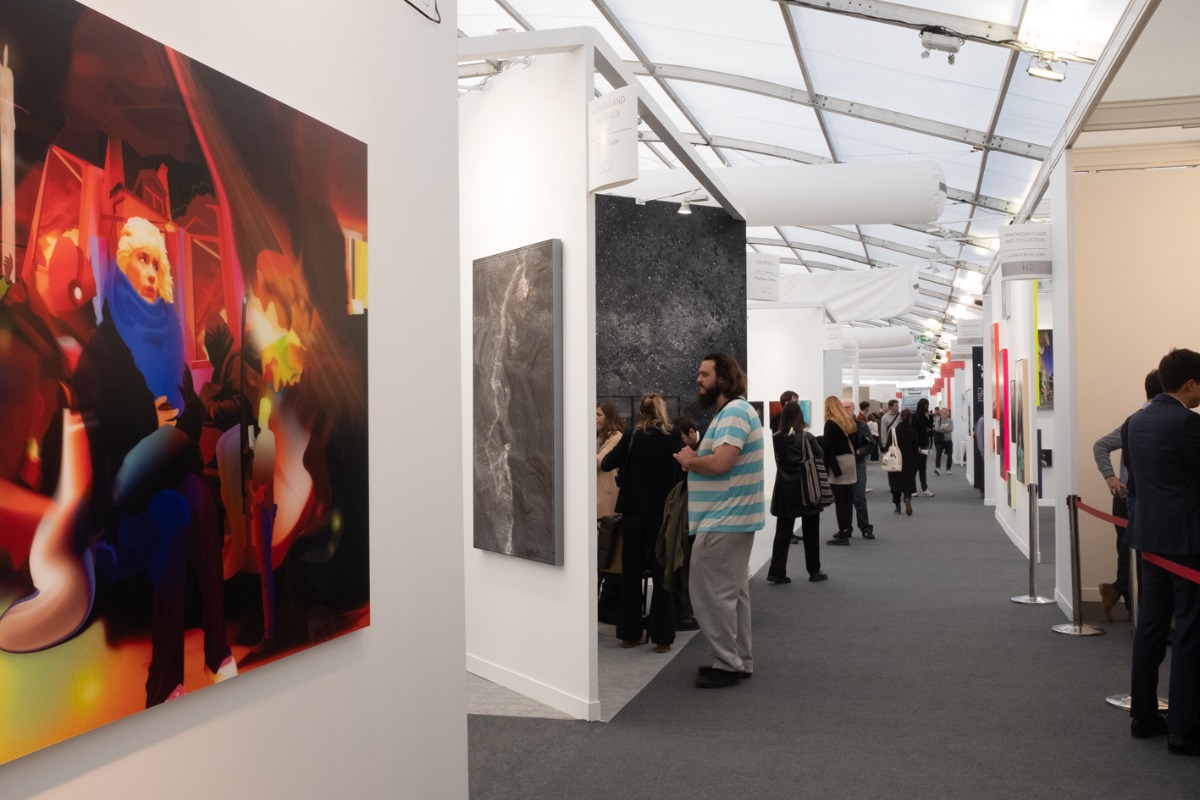
Notes on Paris Photo
Elena Givone
About places, people and photography
Paris has been always known as “la Ville Lumière”, the magical city that not only brightened up the dark streets, but also enlightened the minds of so many people thanks to the knowledge and studies of scientists, politicians, artists, and philosophers. It’s the city where you can travel back in time – such as almost 200 years ago, to 1839, when photography was invented – as well as travel to the future and play chess in the metaverse with Mark Zuckerberg.
This special journey into the field of photography can be done every year in November, when Paris hosts the biggest fair dedicated to photography – Paris Photo – which this year celebrated its 25th anniversary. It’s the place where photography takes its place on the pedestal of world collecting, and where the visitor experience ranges from coming across unique historical photo prints to discovering new, up-and-coming artists presenting their unique and brave points of view.
Paris photo 2022. Photo: Andrea Alessandri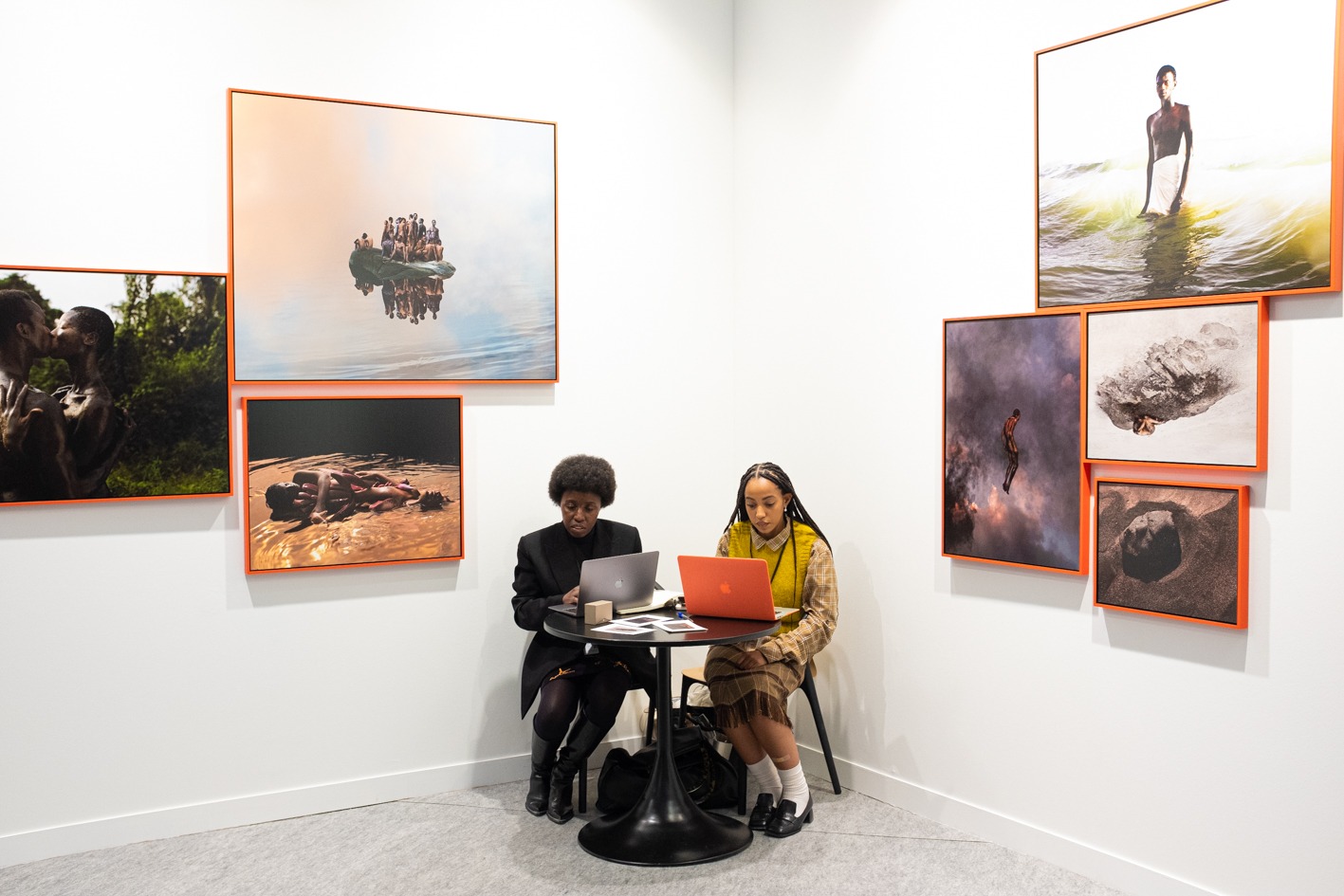
This anniversary edition had 183 exhibitors from 31 countries participating. And as always, the fair was divided into three parts: the Main section, which featured 134 galleries presenting established artists; the Curiosa section, dedicated to emerging photographers and curated by Holly Roussell, curator of the UCCA Center for Contemporary Art in Beijing (with 16 galleries from 9 countries); and the Book section in the Galerie Eiffel, with 34 publishers from 9 countries, and which always offers limited editions and previews, thereby testifying to the importance of photographic books.
Paris photo 2022. Photo: Andrea Alessandri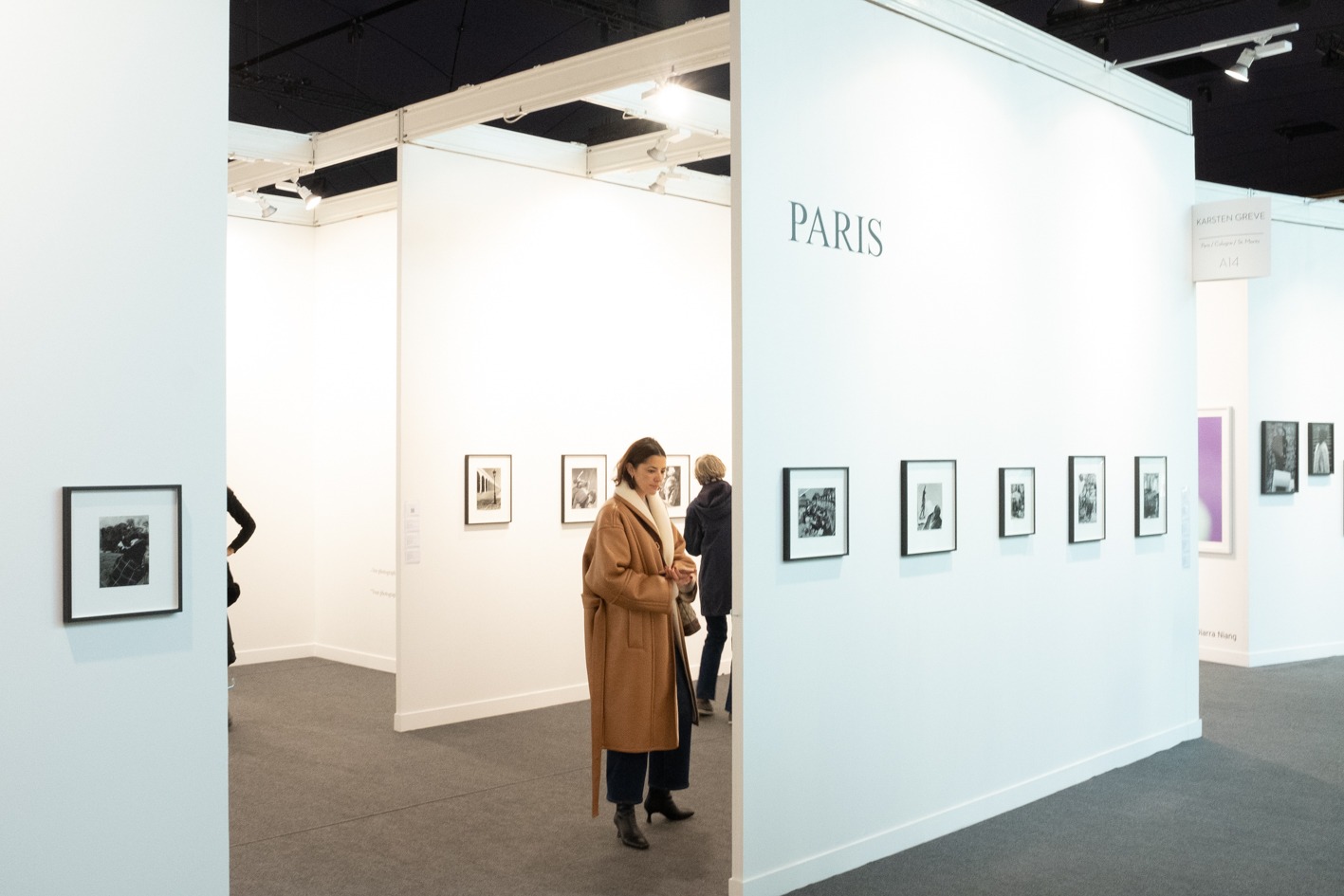
During the fair, Paris is transformed into the city of photography: from the Seine River, where you will find Polycopies, to the Marais, where you can access many exhibitions and meet artists hanging out in the cafes.
Image 3.0
Due to the increase in use of new modeling, digitalisation and printing technologies, this edition of the fair was dedicated to the image of the future. In the field of contemporary art, the photographic print is a relatively young medium, even though if we look into the past, photography quickly became popular soon after its invention 200 years ago. For more than 100 years, photographic prints never appeared in art galleries or exhibitions – only in the early 1940s, and starting in the United States, was photography finally considered an art form worthy of being a new medium with which to create valuable art with investment potential.
For 25 years, Paris Photo has been the premier place for immersing oneself in the evolution of photography, from its invention and subsequent explosion in technical and expressive aspects to new, cutting-edge research possibilities.
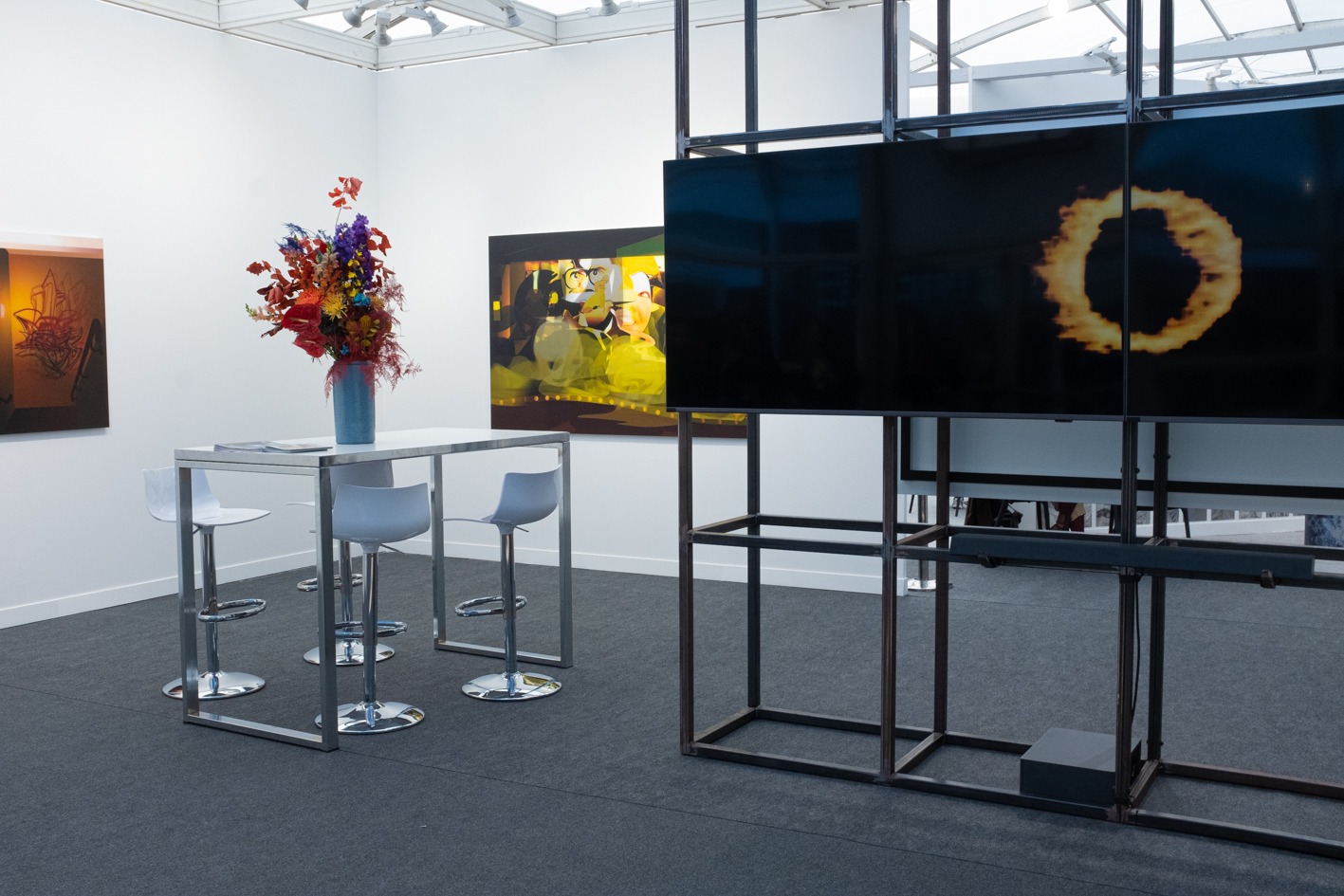
Travelling in time with Morad Montazami and Arash Hanaei
Every year as you wander around the fair, there are always new opportunities for discovering special works with great intellectual and emotional impact. This is how I discovered the work of an Iranian duo that immediately captured my curiosity due to their freedom of expression and their courage to make a journey through time that no one knows much about yet, but which we have all heard mentioned: the metaverse.
Morad Montazami is originally from Iran, and now lives in France. He is a publisher, art historian, curator, and the director of publishing at the Paris-based curatorial platform Zamân Books & Curating. Montazami is also the curator of Arash Hanaei and the BMW Art Makers Project.
Arash Hanaei is a photographer, also originally from Iran who now lives in Paris. He studied documentary photography in Tehran with two great Iranian documentary photographers. In 2008 he began to change his working style by manipulating his photographs. His first project was in Tehran between 2008 and 2014, and he participated in a big exhibition in Paris at the Museè de Art Modern, for which one of the curators was Montazami (this was their first time working together). That show was a collective Iranian exhibition about Iranian modernism from the 1960s until 2014.
Morad Montazami and Arash Hanaei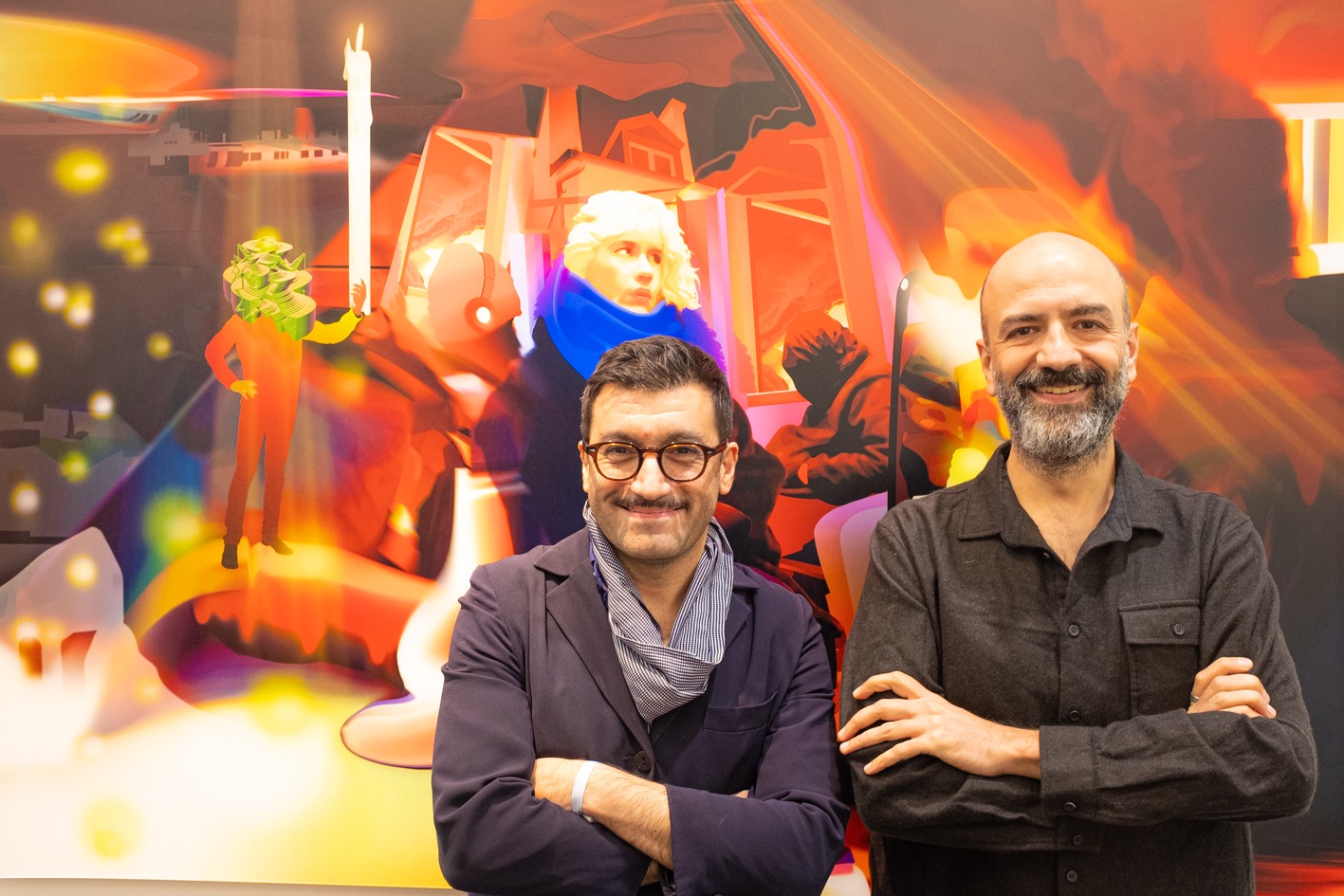
Since that show eight years ago, they always stayed friends, and Morad has written about Arash’s work in several texts and essays. Yet they had never had the chance to collaborate and work as a duo until they applied to (and won first prize at!) the first edition of the BMW Art Makers programme. I had the privilege of interviewing them as they took me inside their story made up of worlds, places and people – all intertwined within their futuristic vision.
It’s interesting to note that it sounds like you have been travelling in time – first, to the past, with your 2014 exhibition about modernity in Iran, and now, to the future, with the Suburban Hauntology project.
Morad Montazami: We are both Iranian, and we both have experienced exile and displacement. We know and experience how time goes forward here [in France], but we can also feel the temporality of another place, like Iran, for example. We are always going through this kind of “double experience” of space and time. For us, there is never just one space and one time. There are always at least two or three temporalities and spatial realities at the same time. This is what Arash has worked on – the whole installation here, entitled Suburban Hauntology, is the encounter and almost anachronistic juxtaposition of two different realities, namely, 1970s architecture located in Irvy-sur-Seine and the current metaverse and dematerialised reality.
Suburban Hauntology collage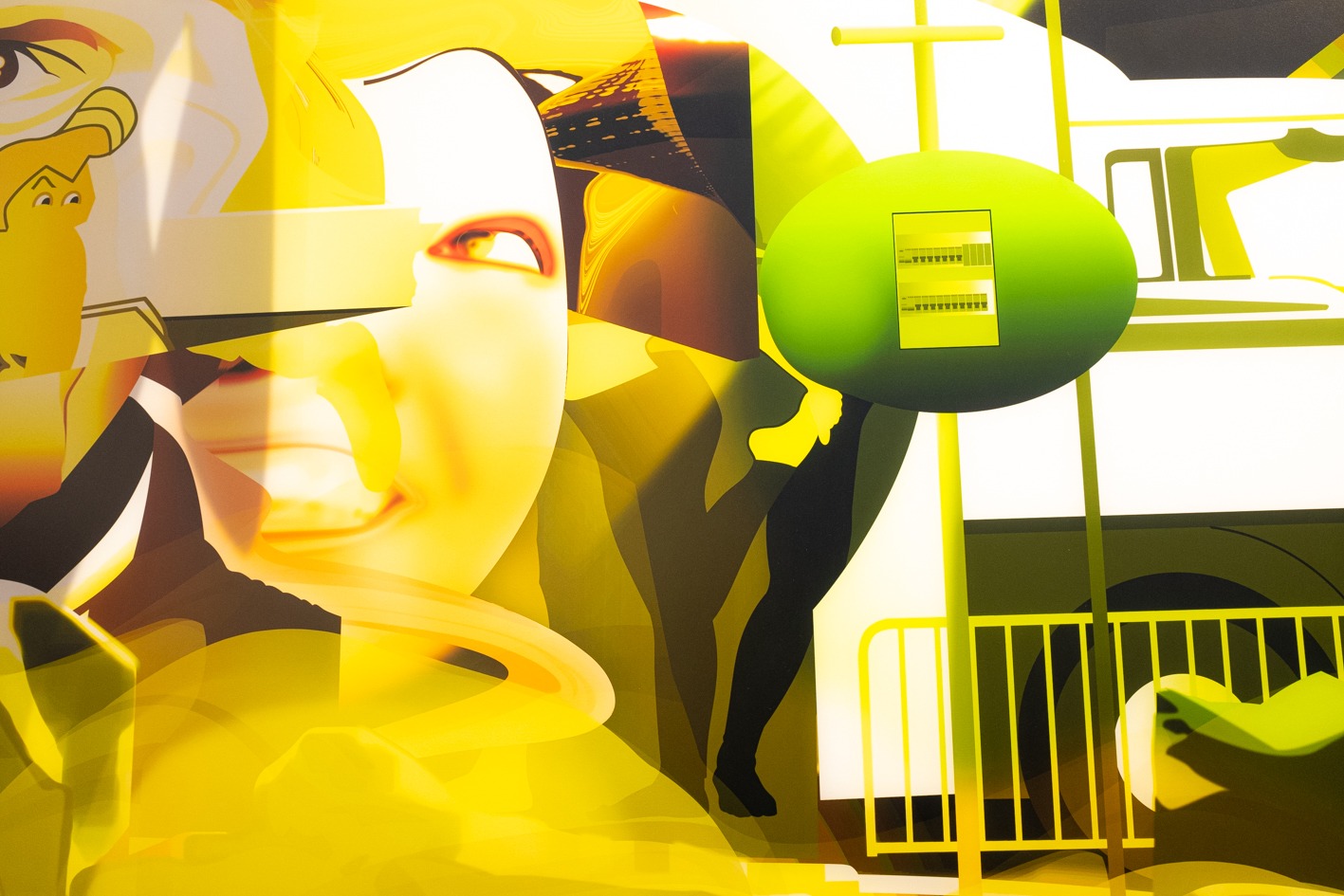
How can you imagine something that doesn’t exist? This is very contemporary, very new for both us and photography – because photography always shows us another point of view, which is that of the photographer; the photographer shows you a new reality. But this project is something else, and it’s going in another direction.
M.M.: Yes, absolutely. It’s about imagination and where the imagination goes. It’s not only each person’s subjective imagination – it’s not just my imagination or your imagination. It’s about trying to recreate the conditions for a collective imagination. Because the metaverse, as described by Mark Zuckerberg, will have its own space, its own regulations, its own rules, and its own policies. So how can we collectively challenge that? How can we collectively create enough imagination for another kind of space, so that we all don’t necessarily have to be dominated or submitted to Mark Zuckerberg’s metaverse? We could even create our own metabolism, in a way. But can we even imagine another metaverse outside of Zuckerberg’s metaverse? I don’t know. This is also an open question.
Suburban Hauntology. Drewings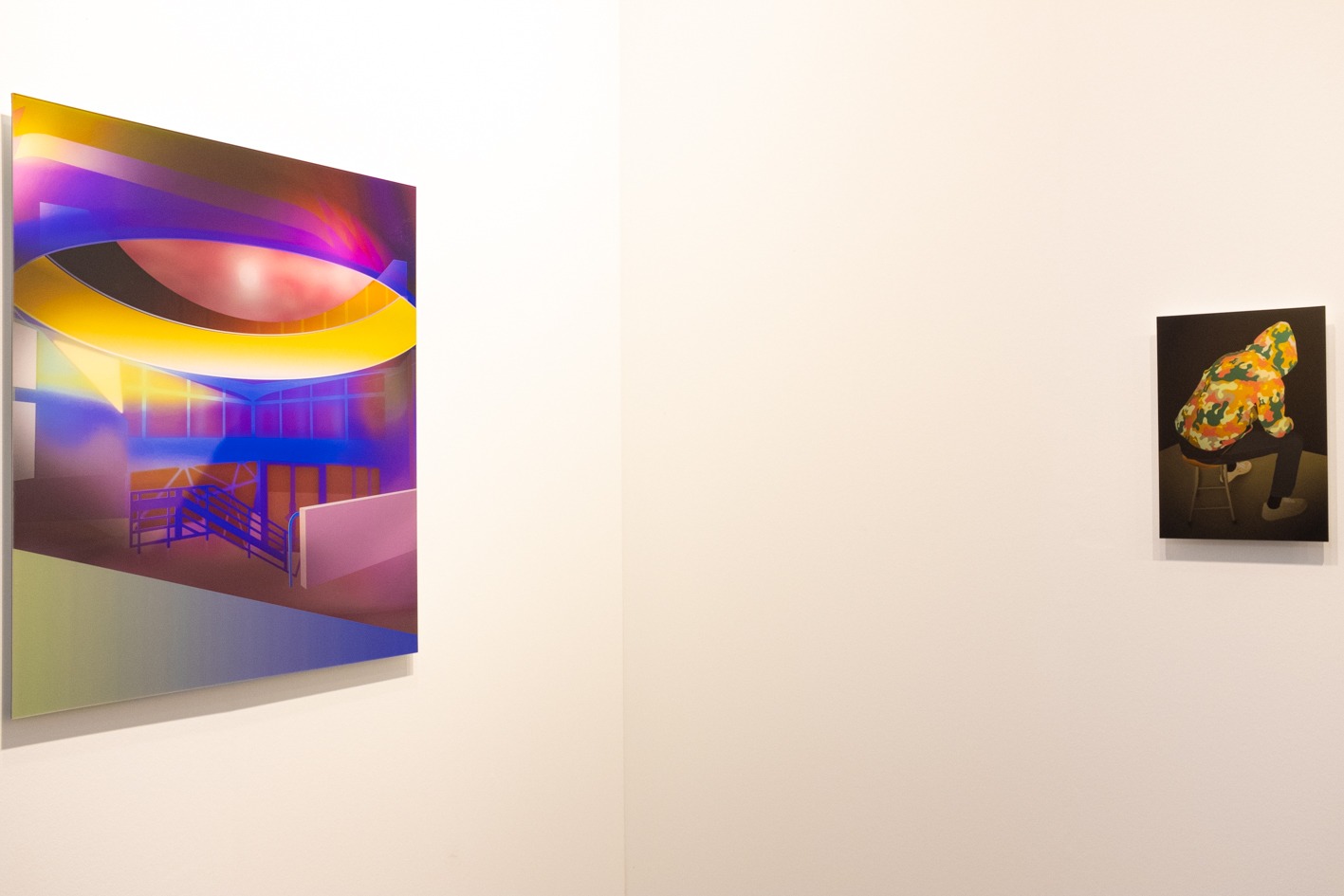
Where do the pictures and drawings come from? How do you create them?
Arash Hanaei: It depends; we are talking about two different complexes. The buildings and the metaverse. So I have mixed them and, as you can see, there are many small collages.
Do you use photography?
A.H.: Yes, they’re like a collage. I use pictures from the internet and then mix them with my own photographs.
I live in a suburb of Paris, and in 2015 I started to work in suburbs with the ideas of areas, future cities, unfinished spaces, and old buildings like those by that were built in the 1960s and 70s by Jean Renaudie. They stopped building all those Brutalist type of buildings in the 80s. And I use them as ghost images, image quantumatic. I bring them into the present to explain or to pose more questions about what is the meaning of future cities. What is the meaning of living in visual reality? What is augmented reality?
Is it something like an icon?
A.H.: Yes, it is. And I shifted to intermediate speculations progressively. That’s because I studied photography, but then I found out that I can do more with installation videos.
****
Work by Eugène Atget at the Galerie Karsten Greve. Photo: Andrea Alessandri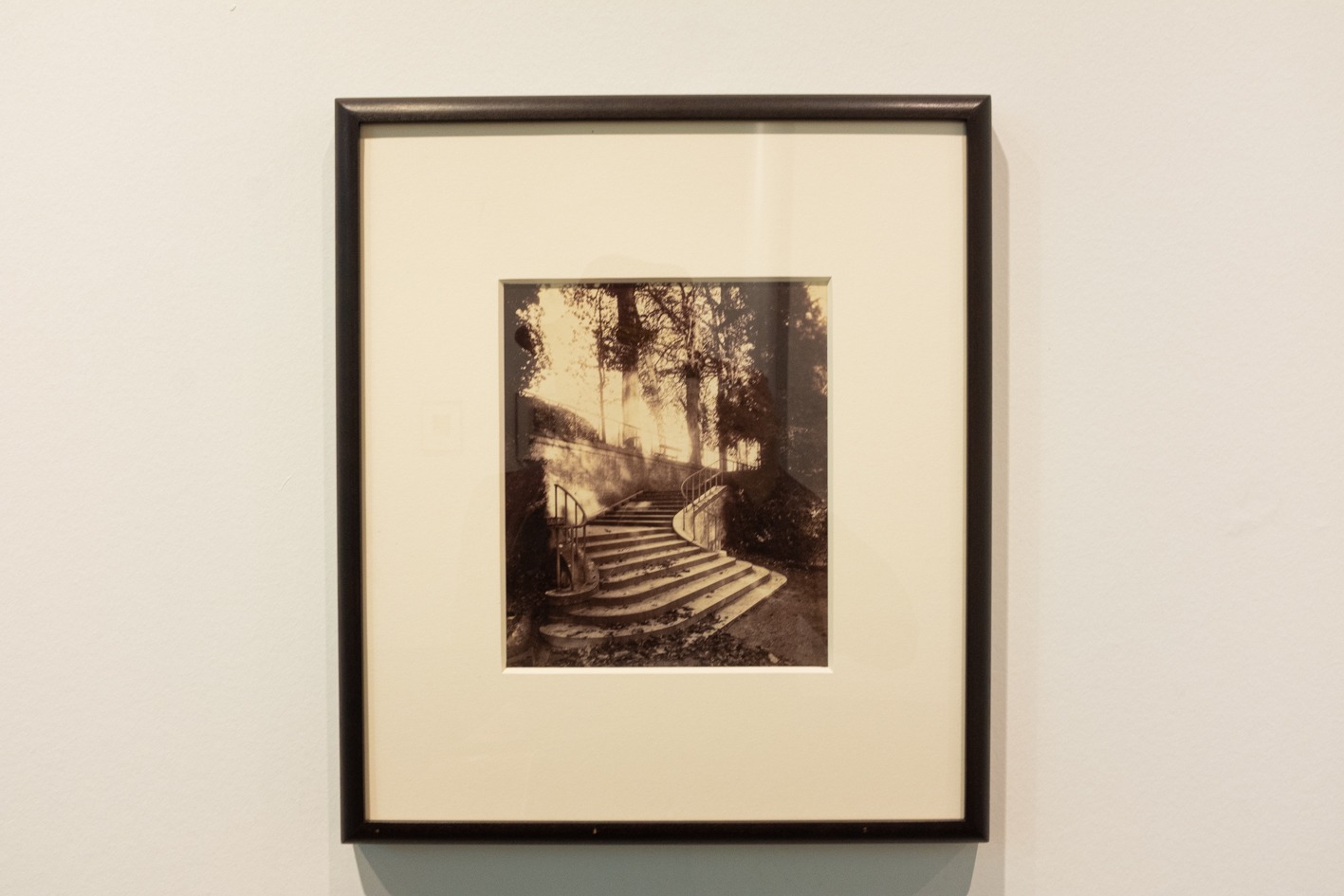
Around Paris Photo
We found many amazing works visiting the fair, and we had the chance to follow the favourites selected by Thomas Girst, art historian and Global Head of Cultural Engagement at the BMW Group. This was an amazing point of view of the fair, and started with GALERIE KARSTEN GREVE, which was presenting works by Eugène Atget. The layout allowed us to go deeply inside the poetry of photography through the enchanting view of this amazing photographer who gave a special view of Paris in his images.
Work of Risaku Sazuki at the Christophe Guye Galerie. Photo: Andrea Alessandri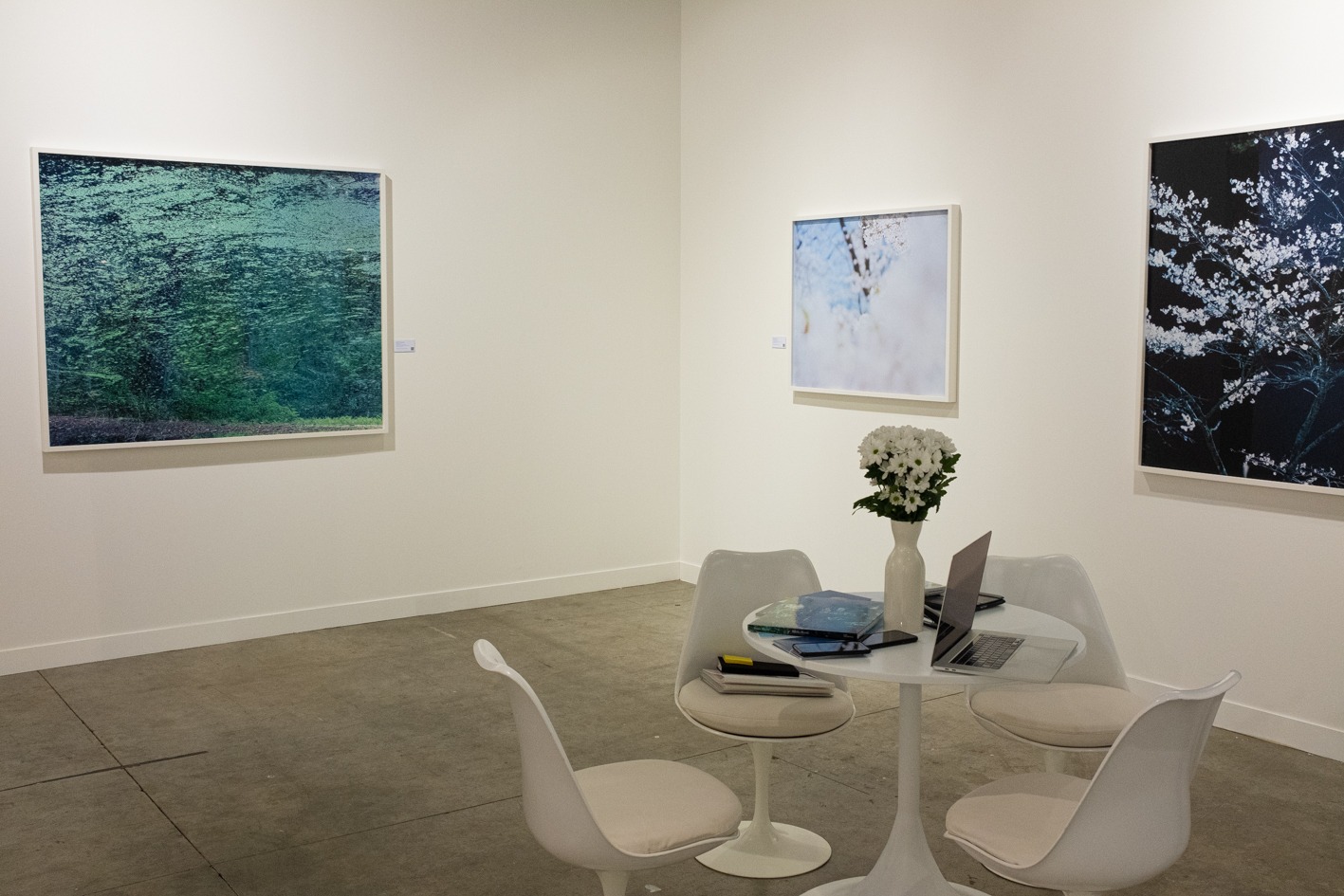
We then floated on to the CHRISTOPHE GUYE GALERIE, which had exhibited the work of Risaku Sazuki. The poignant “mono no aware” of his sakura/blossoming cherry tree series makes his photographs bear witness to a moment we would love to hold, yet in truth, is already fading away.
Work by Christian Marclay at the Fraenkel Gallery. Photo: Andrea Alessandri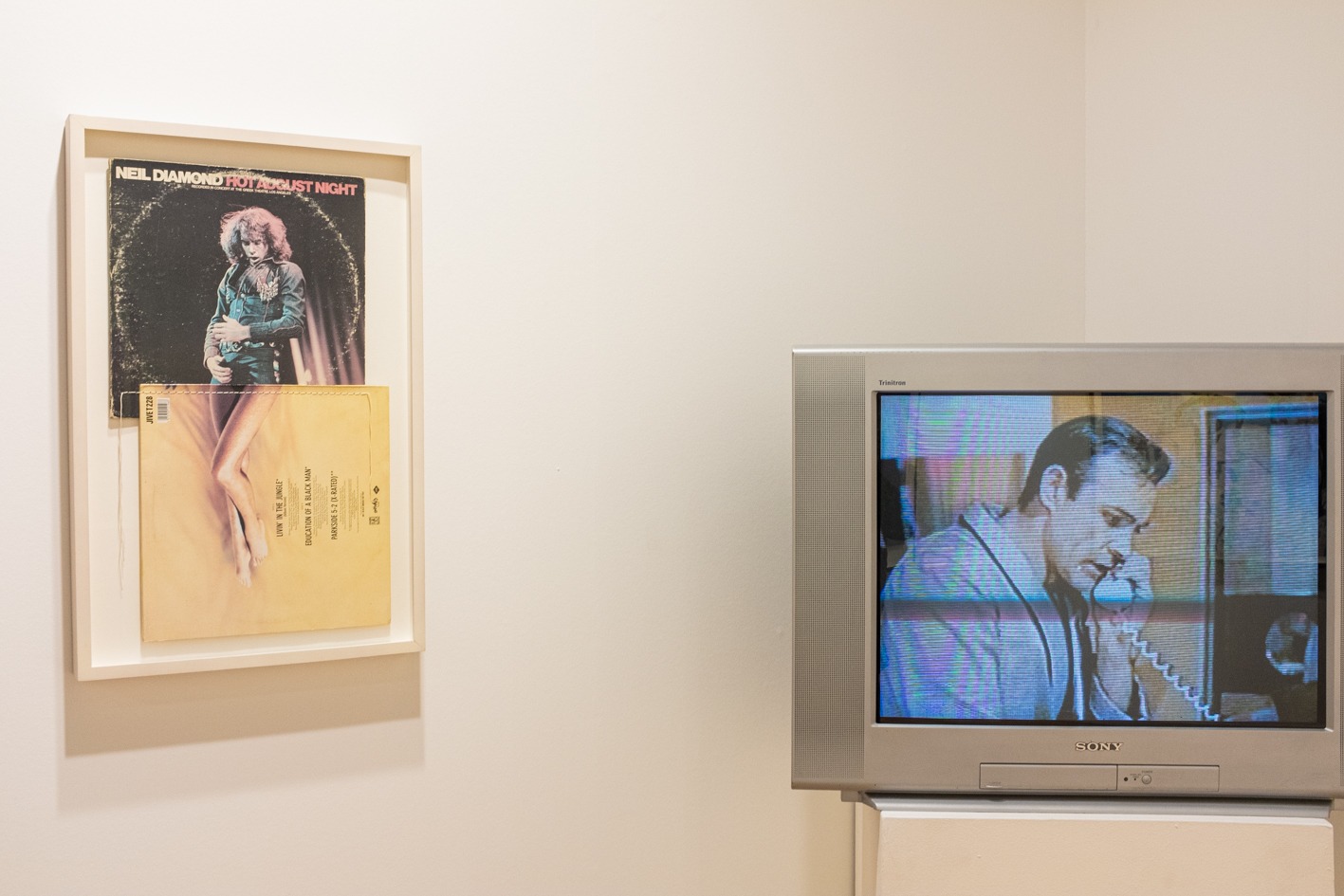
The FRAENKEL GALLERY showed the symbiotic work of CHRISTIAN MARCLAY. A "cadavre exquis" of Neil Diamond’s upper body stitched to the legs of Schoolly D’s LP cover model brought us to a new futuristic view with a dip into the past.
Work of Risaku Sazuki at the Christophe Guye Galerie. Photo: Andrea Alessandri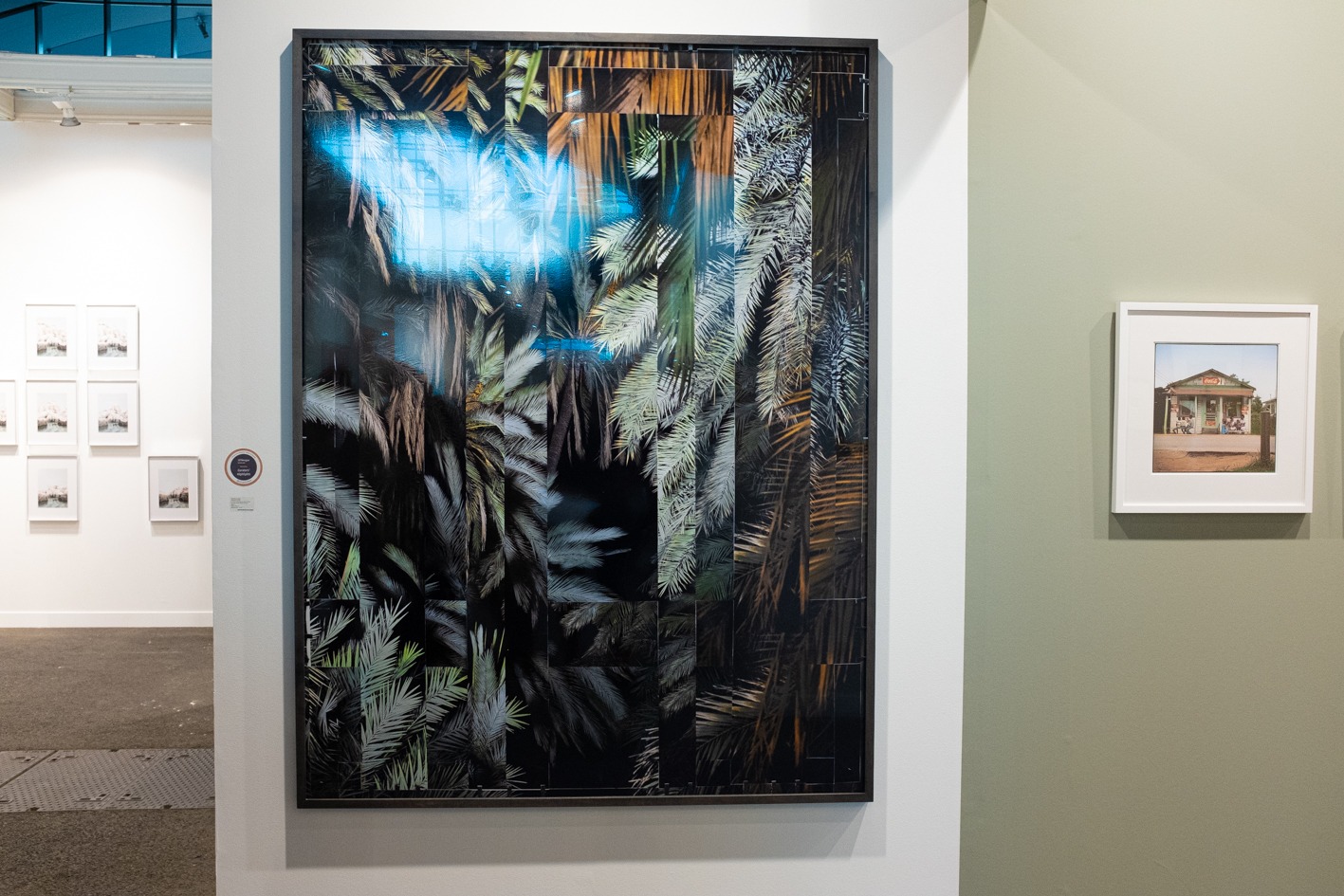
The open-air collage made by NOÉMIE GOUDAL and presented at GALERIE LES FILLES DU CALVAIRE surprised us with its enchanting way of being in nature and feeling the measure of time and poetry. Delving into the movements of “deep time” embedded within our planet, the viewer bears witness to notions that are impossible to grasp otherwise.
“After all, what is culture?, says Tomas Girst. It’s a refuge. A sanctuary of beauty and depth, of meaning and peace. A haven, far from the hustle and bustle of everyday life. Having said that, we enjoy indulging in distraction far too much.
Even though the current signs of the times call for us to pause, we prefer to continue to whirl around in blind activity. Art renders the invisible visible, as Fabio Mauri said – thoughts and feelings, impressions and experiences. None of us need ever be lonely, for we all stand on the shoulders of giants. We can send signals to each other like lighthouses along the coast at night. Across cultures and ages.”
Works by Jorge Alberto Cadi. Photo: Andrea Alessandri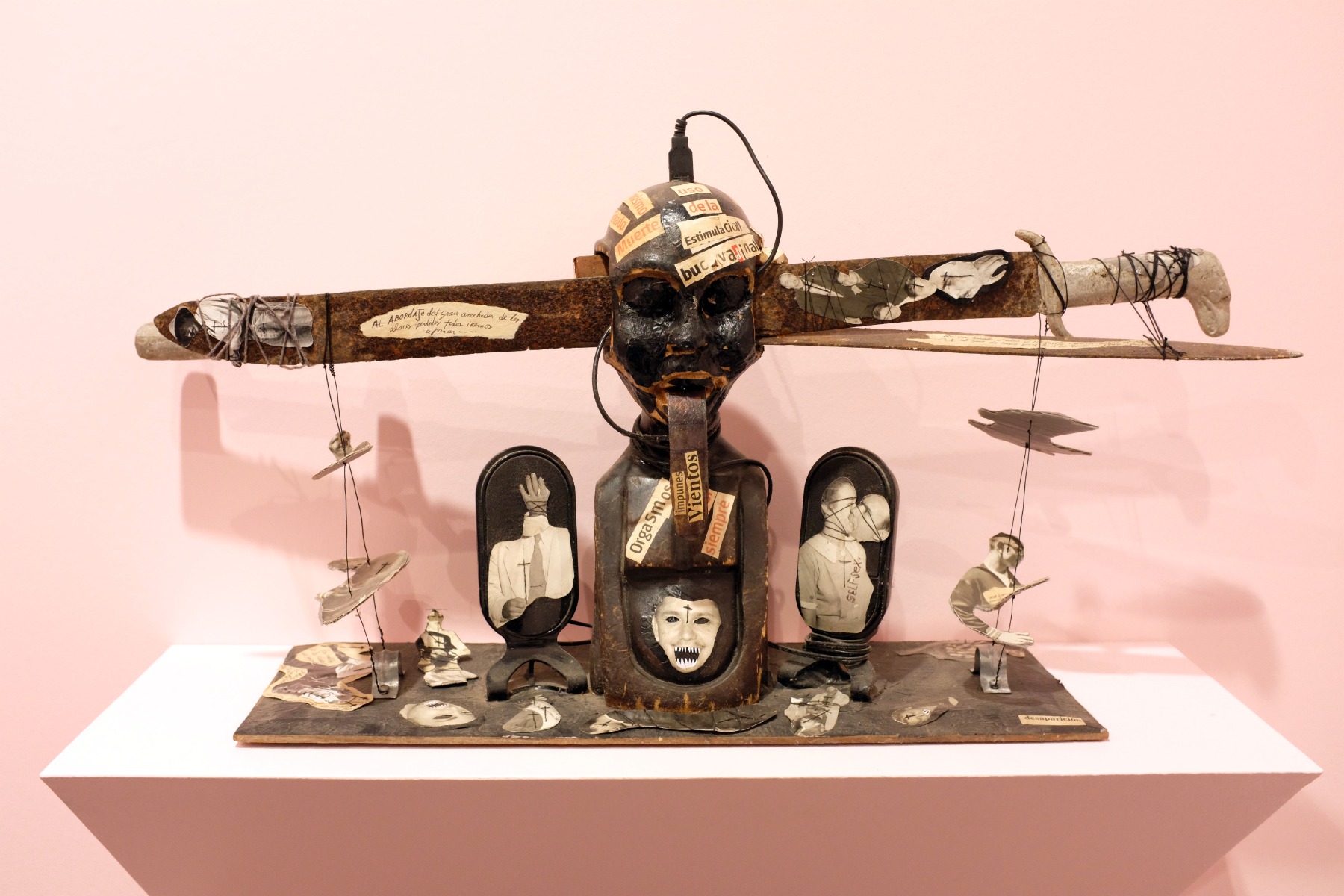
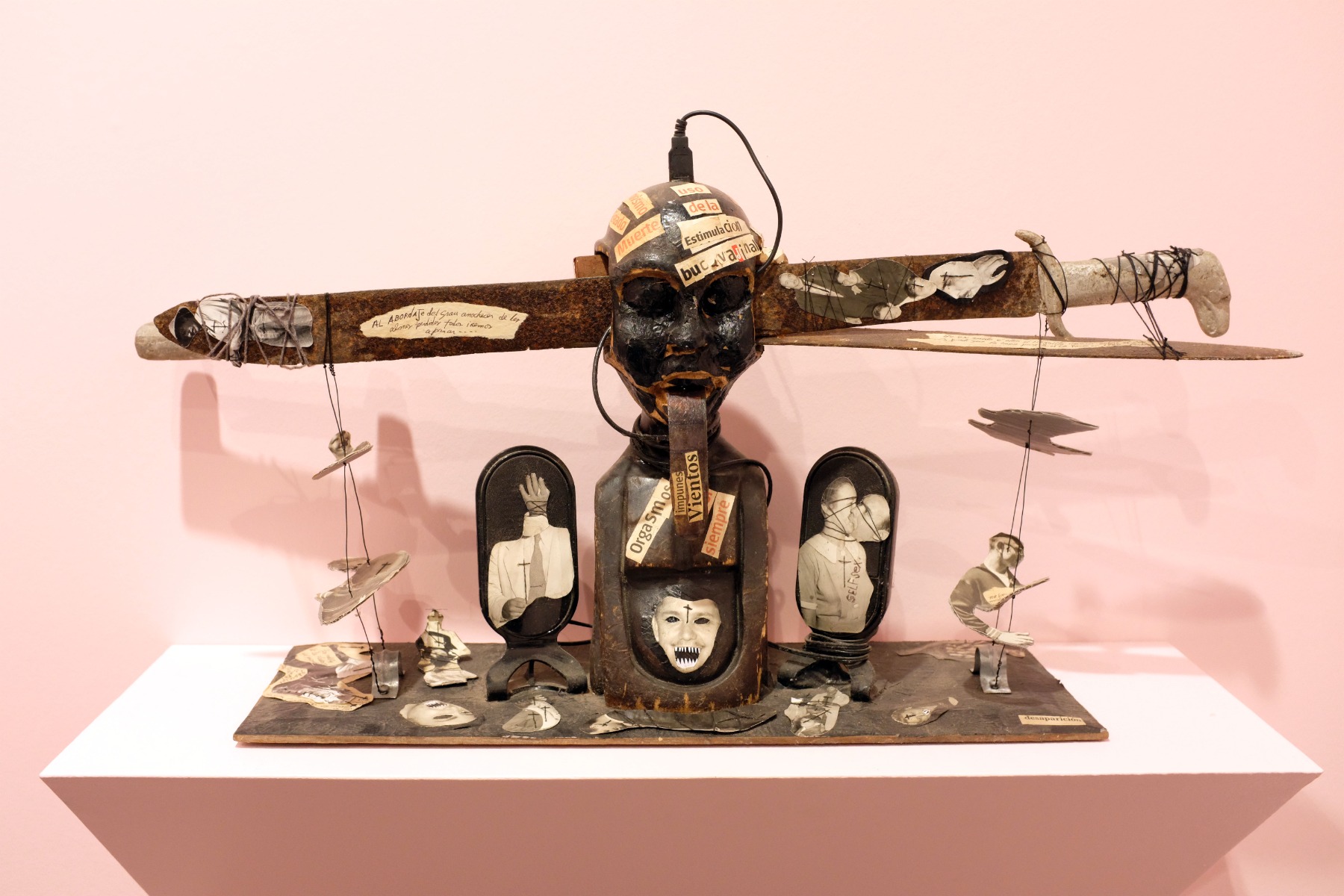
Our Picks
During our visit to Paris Photo, we experienced many coup de coeur that made us travel in time, from past to present, mixing the concept of history and the future. In the main section, the gallery CHRISTIAN BERST – ART BRUT was presenting the work of Jorge Alberto Cadi, a Cuban art-brut artist whose work emanates a Cubanness full of saudade, self-derision, social critique, and an infinite tenderness for our condition as mortals.
Works by Jaya Pelupessy at the Galerie Caroline O'Breen. Photo: Andrea Alessandri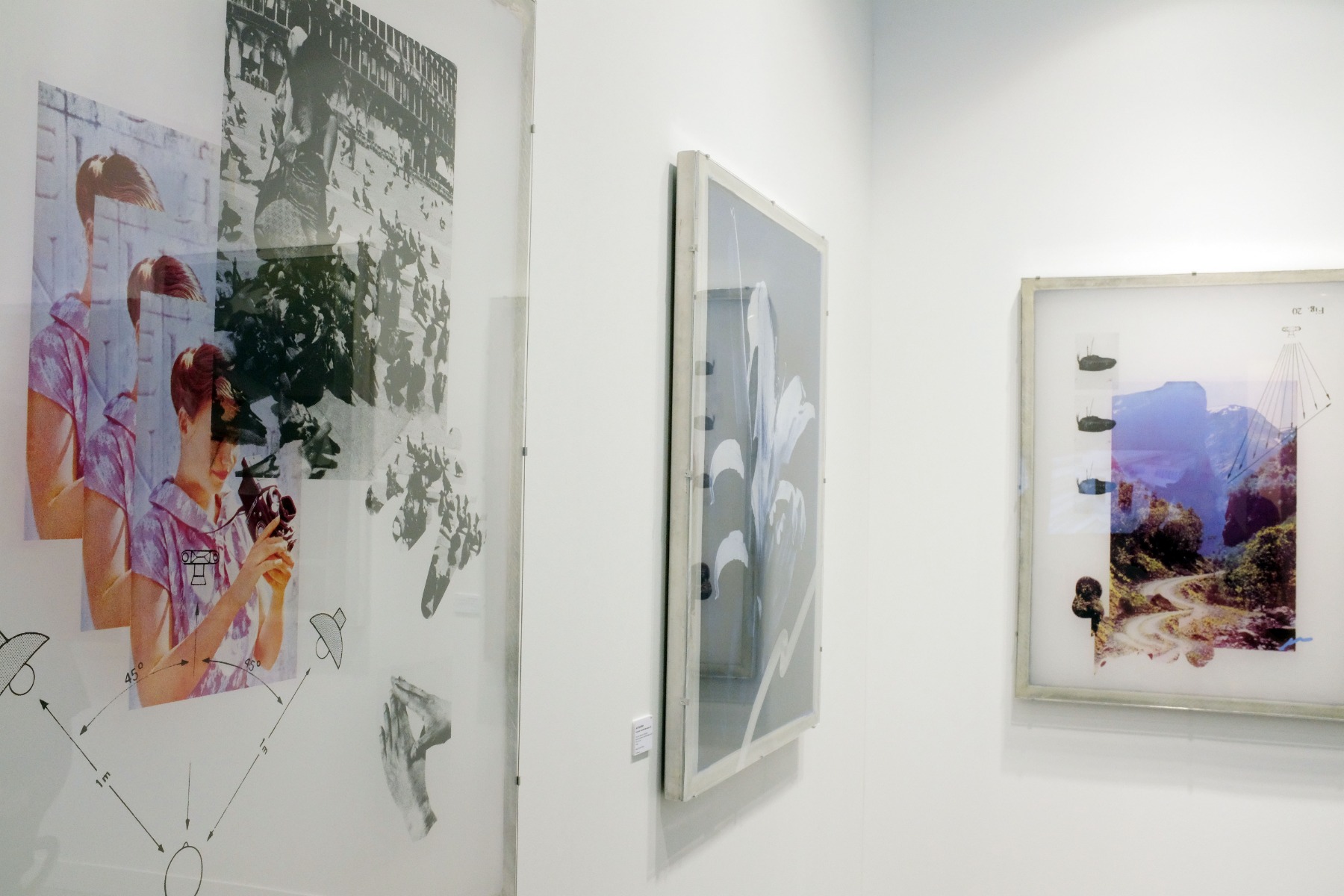
Jaya Pelupessy. 4x4 - Manufactured Manual. 2021. Courtesy Galerie Caroline O'Breen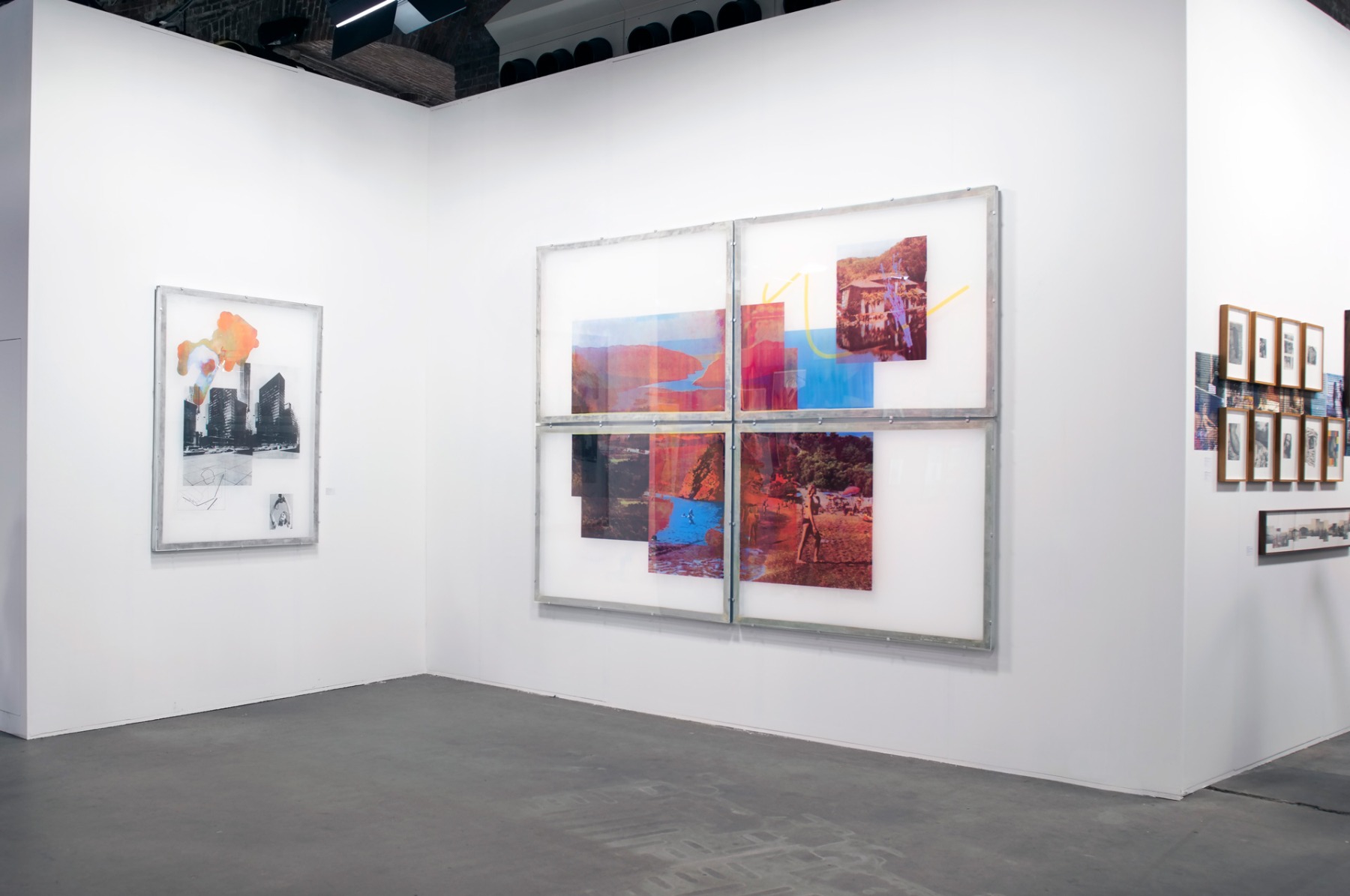
In the section Curiosa, we went into the booth for GALERIE CAROLINE O’BREEN, where we discovered the work of the young artist Jaya Pelupessy. Fascinated by the role that photography plays in our everyday lives, Pelupessy shares experiences through making new visions and freely mixing them with historical reproduction techniques.
Work by Jeff Koons. Photo: Andrea Alessandri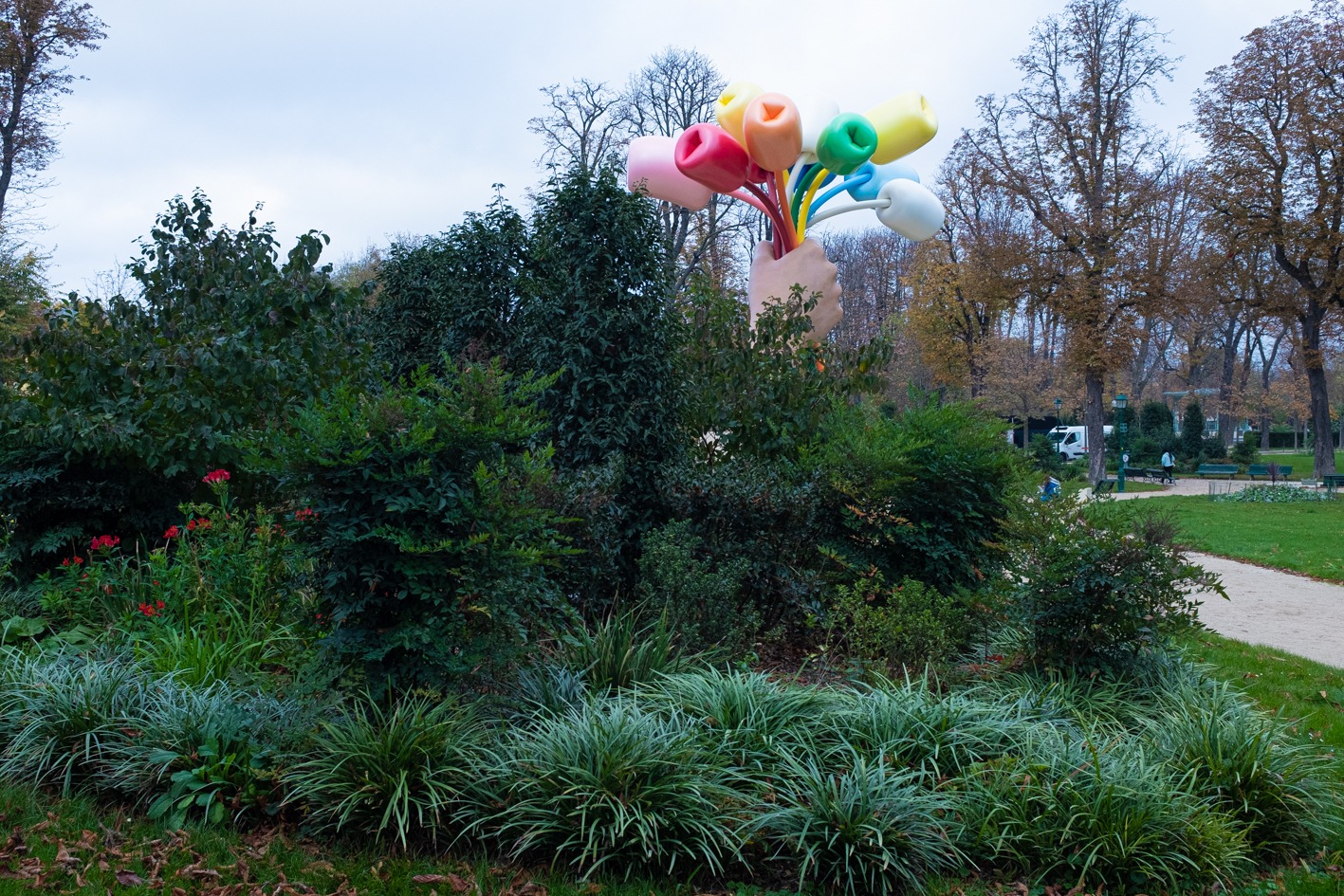
If you are in Paris
It is difficult to select which exhibition to visit when you’re in Paris because there are too many and they are all too beautiful! Nevertheless, we’ve selected a few spaces, locations, exhibitions, and works of architecture you should definitely make a point to see.
At the Fondation Louis Vuitton you can find an engrossing exhibition of two great figures of 20th-century painting: the Frenchman Claude Monet and the American Joan Mitchell. The exhibition Monet – Mitchell. Dialogue and Retrospective, showing from 5 October to 27 February 2023, features some sixty major works by the two artists, interacting and conversing with each other. Their landscapes fascinatingly create a bridge between modern and contemporary art.
The Jeu de Paume, in partnership with the exhibition space LE BAL, is presenting a new exhibition of arte povera, the Italian artistic movement of the 1960s and early 70s. An avant-garde movement, arte povera advocates simplicity in the artistic approach through the mediums of photography, film, and video. The exhibition will be open until 29 January 2023.
With the exhibition The Trials and Tribulations of Erwin Blumenfeld, 1930-1950, the Musée d’art et d’histoire du Judaïsme casts light on the career of the famous photographer Erwin Blumenfeld, who worked both in Europe and the United States. The 180 or so photographs, some of which are being shown to the public for the first time, can be seen through 5 March 2023.
The Musée des Arts Décoratifs is presenting a major retrospective devoted to the Italian fashion designer Elsa Schiaparelli. The exhibition Shocking! The surreal worlds of Elsa Schiaparelli, open till 22 January 2023, transports visitors into the creative universe of this prominent figure in haute couture through a dazzling array of her works as well as photographs and posters by the greatest artists of the time.
Until 23 January 2023, the Louvre Museum will present an exhibition focussing on Still Life. Featuring artists from Chardin, Manet and Moillon to Duchamp’s ready-made and prehistoric hand-axes, this exhibition presents an entire historical epic of the representation of inanimate matter.
Talking about collections, architecture, and special places, do not miss the Bourse de Commerce; located in the very heart of Paris, it is the new exhibition space for the Pinault Collection. This historic building has been fully restored and transformed into a museum by famous Japanese architect Tadao Ando, creating a dialogue between heritage and contemporary creation, between the past and the present. This is the perfect place in Paris where you can either start or end a journey in time, travelling from the past directly to the future while falling in love with the art of the Ville Lumière.
Title image: @ curiosa / Paris photo 2022